As spring approaches, gardeners and enthusiasts alike look forward to revitalizing their outdoor spaces. This season brings a fresh palette of designs and ideas, with trends focusing on sustainability, personal well-being, and harmony with nature. These trends are more than just aesthetic choices; they represent a lifestyle and a connection to the environment. This guide explores the most captivating garden designs set to dominate this spring. Whether you’re a seasoned gardener or a beginner, these insights will help you create a space that is both beautiful and functional, reflecting the latest in gardening innovation.
Contents
Sustainable Gardening Practices
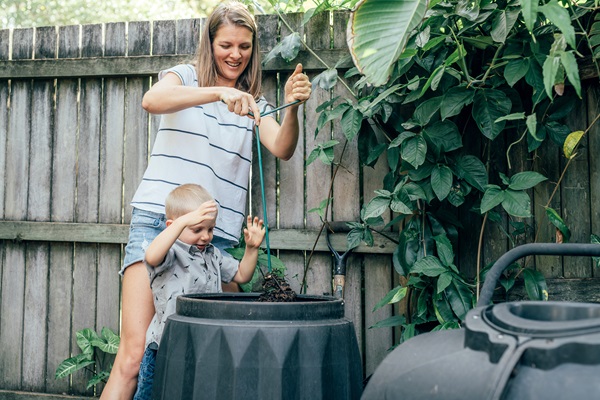
Sustainable gardening has surged to the forefront of design trends, emphasizing environmental stewardship and resource efficiency. This approach involves using native plants, composting organic waste, and minimizing water usage. By selecting drought-resistant plants and employing rainwater harvesting techniques, gardeners can create a landscape that is both beautiful and eco-friendly. The key is to work with nature, not against it, to create a harmonious and sustainable outdoor space.
Beyond the environmental benefits, sustainable gardening can transform your garden into a self-sustaining ecosystem. Incorporating elements like pollinator-friendly flowers and organic mulches contributes to local wildlife and soil health. Gardeners can also adopt practices such as crop rotation and natural pest management to enhance their garden’s sustainability. With thoughtful planning and care, a sustainable garden serves as a personal retreat and a haven for biodiversity.
Edible Gardens
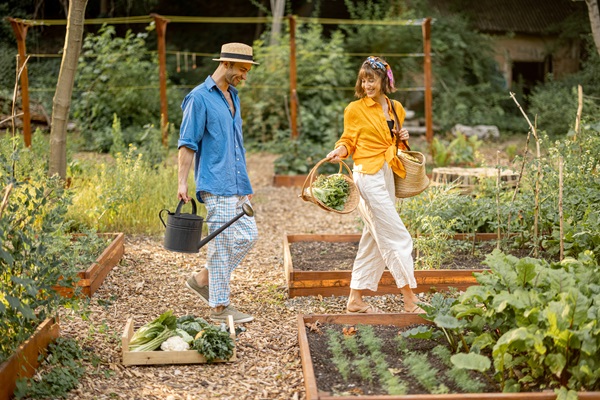
Edible gardens are a delicious and practical trend, allowing individuals to grow their own fruits, vegetables, and herbs. This approach not only provides fresh produce but also promotes a deeper understanding of food sources. Edible gardens can range from expansive vegetable plots to small herb containers, making them adaptable to any space. By integrating edible plants into traditional garden designs, individuals can enjoy the dual benefits of aesthetic appeal and culinary delight.
Planning an edible garden requires consideration of sunlight, soil quality, and plant selection. Popular choices include tomatoes, peppers, leafy greens, and various herbs that can thrive in a range of conditions. Companion planting can enhance growth and yield by creating symbiotic relationships between plants. As the seasons change, so can your garden, offering a continual harvest that brings fresh and seasonal flavors straight to your table.
Outdoor Living Spaces
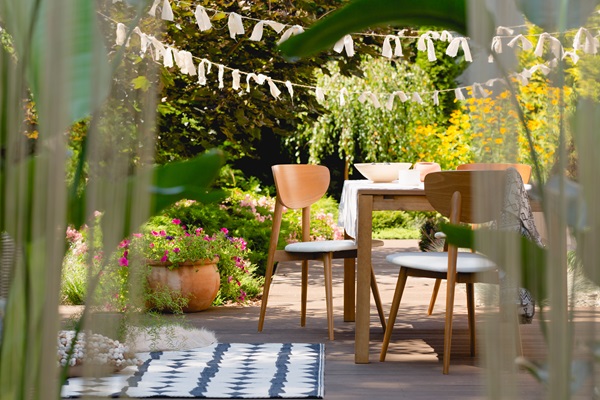
Outdoor living spaces have become extensions of the home, blending comfort and style with the beauty of the outdoors. These areas are designed for relaxation, entertainment, and dining, often featuring cozy seating, fire pits, and outdoor kitchens. By choosing durable and stylish furniture, along with weather-resistant decorations, individuals can create an inviting area that reflects personal taste and complements the garden’s natural beauty.
The design of an outdoor living space should consider functionality and aesthetics. Strategic placement of furniture can maximize space and create intimate areas for conversation or relaxation. Incorporating elements like outdoor rugs, lighting, and heating extends the usability of these spaces into the cooler evenings and seasons. With the right design, an outdoor living space can become a favorite spot for unwinding and enjoying the garden’s tranquility.
Vertical and Container Gardening

Vertical and container gardening are innovative solutions for space-constrained gardeners, bringing greenery to urban and suburban environments. These methods utilize vertical space through wall-mounted planters, trellises, and hanging baskets, creating a lush and vibrant atmosphere. Container gardening offers versatility, allowing for a variety of plants to be grown in pots, barrels, or even repurposed items. This approach not only saves space but also adds a creative and personal touch to gardening.
Success in vertical and container gardening lies in choosing the right plants and containers for the specific conditions of your space. Sunlight, water drainage, and plant size are critical factors to consider. Frequent watering and fertilization may be necessary due to the limited soil volume. With careful selection and maintenance, vertical and container gardens can flourish, providing a green oasis in even the smallest of spaces.
Native Planting
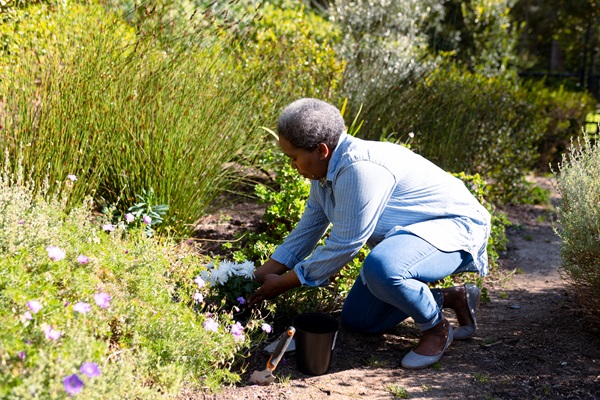
Native planting celebrates the beauty and resilience of local flora, fostering a garden that is in harmony with its natural surroundings. Choosing native plants means selecting species that are adapted to the local climate and soil conditions, requiring less maintenance and water. These plants provide essential habitats for native wildlife, supporting biodiversity. Gardeners can explore a variety of native shrubs, flowers, and trees to create a landscape that reflects the unique character of their region.
Implementing native planting in your garden involves researching and selecting plants that thrive in your specific environment. Consult local gardening clubs or botanical gardens for advice on the best species. Designing with native plants allows for a dynamic garden that changes with the seasons, offering a sense of place and a connection to the local ecosystem. By embracing native planting, gardeners can enjoy a beautiful, resilient, and ecologically responsible garden.
Water Features and Aquatic Gardens
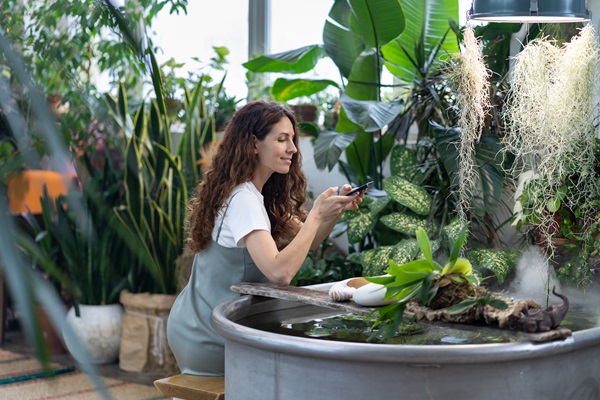
Water features and aquatic gardens add a tranquil and mesmerizing element to garden design. Whether it’s a small fountain, a pond, or a cascading waterfall, water features create a focal point and add a sense of movement and sound. With their variety of water plants and fish, aquatic gardens can transform a garden into a peaceful retreat. These features enhance the aesthetic appeal, provide a habitat for wildlife, and contribute to the ecosystem.
Installing a water feature requires thoughtful planning and design. Consider the scale, style, and maintenance needs of the feature to ensure it integrates seamlessly with your garden. Aquatic gardens can be customized to fit any space and can include plants like water lilies, lotus, and reeds. Regular maintenance is crucial to preserve the beauty and health of water elements. With the proper care, water features and aquatic gardens can become the centerpiece of a tranquil and lush outdoor space.
Wildlife-Friendly Gardens
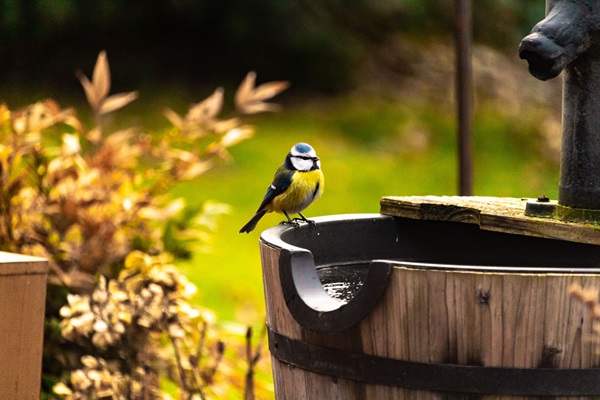
Wildlife-friendly gardens are designed to attract and support local wildlife, creating a living ecosystem in your backyard. By incorporating elements such as bird feeders, insect hotels, and native plants, gardeners can provide food, shelter, and breeding sites for a variety of creatures. These gardens not only promote biodiversity but also offer the joy of observing nature up close. A wildlife-friendly garden changes throughout the year, bringing new and exciting interactions with each season.
To create a wildlife-friendly garden, consider the needs of different species and how to cater to them. Provide a source of water, such as a birdbath or a small pond, and leave areas of the garden wild to offer shelter. Planting a diversity of native plants ensures a year-round supply of food in the form of nectar, seeds, and berries. By creating a welcoming environment for wildlife, gardeners can make a positive impact on the local ecosystem and enjoy a more vibrant and dynamic garden.
Smart Gardening Technology
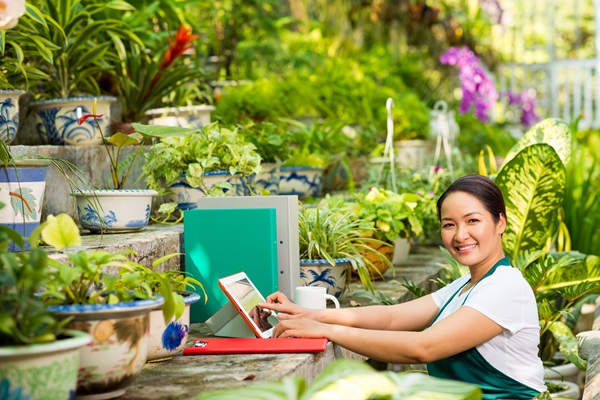
Smart gardening technology integrates the latest advancements to make gardening more efficient and enjoyable. From automated irrigation systems to soil sensors and app-controlled garden monitoring, technology can simplify maintenance and provide valuable insights. These tools can help gardeners optimize water usage, monitor plant health, and even control garden features remotely. By embracing smart technology, gardeners can create a high-tech haven that is both productive and easy to manage.
Implementing smart gardening technology begins with identifying the needs of your garden and selecting the right tools. Start with simple devices like smart timers for watering or solar-powered lights and gradually integrate more complex systems. Many smart gardening tools are designed to be user-friendly and can provide personalized advice for your garden’s specific conditions. As technology continues to evolve, the possibilities for enhancing your garden with smart solutions are endless, making it easier than ever to cultivate a beautiful and thriving outdoor space.
Embrace New Beginnings in Your Garden
As you welcome spring, seize the opportunity to transform your outdoor space with these trending garden designs. Let your creativity flourish, whether it’s by adopting sustainable practices, creating edible gardens, or introducing one of the many other design options. Each choice reflects a commitment to beauty and environmental care. Start planning today, and soon, you’ll step into a garden that not only blooms with life but also offers a personal sanctuary for relaxation and inspiration.


